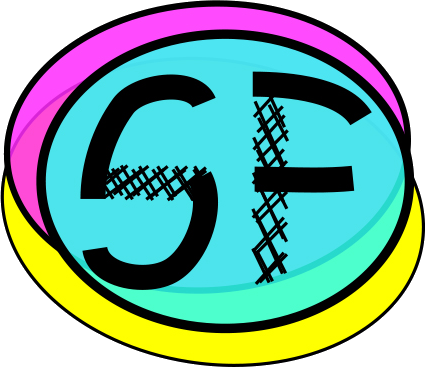Since the 1990s, numerous stays on different continents have enriched my artistic practice. This has resulted in a large archive of photos, videos and sound recordings that serve as material for my work. My travels take me off the beaten tourist track; notebook and camera are my only companions. Due to language barriers and a lack of internet access, I find myself in situations without immediate explanation. Not understanding sharpens my gaze, things that are taken for granted collapse. Meaning becomes an open semantic field.
I am interested in communication processes, the emergence of patterns of meaning and attributions, the construction of value systems. In my master‘s thesis (2015), I dealt intensively with the postcolonial discourse. Trees have always played an important role in my residencies as silent contemporary witnesses and have thus been given an important place in my work. I am interested in their status as natural beings, their cultural-historical significance, their sculpturally interesting forms and their psychological projection potential. I am interested in questions about the place of humans as part of nature and our use of its resources.
I work with various media, often in a processual way over a period of years. This results in extensive intermedia work complexes consisting of painting, sculpture, audio and video installations, often presented in stage-like settings.
«Serious in her choice of subjects and inventive in her realization, Sonja Feldmeier presents her images to the world. She finds the raw material for her research in an almost casually captured street scene, in military patterns or in the flood of illustrated reports. Whether video, installation, painting or photography: the artist examines the characteristics of her media and creates a climate of irritation and thoughtfulness with precise shifts in context.» (Isabel Zürcher)
«Spaces can be occupied, whether physically or mentally, visually, linguistically or acoustically. But what are the intermediate areas where one zone separates from another? What images and ideas do we have when it comes to these diffuse, transitory areas? Sonja Feldmeier has been developing works for several years that address these questions and thus scratch at the scab of our image-heavy culture.» (Irene Müller)
